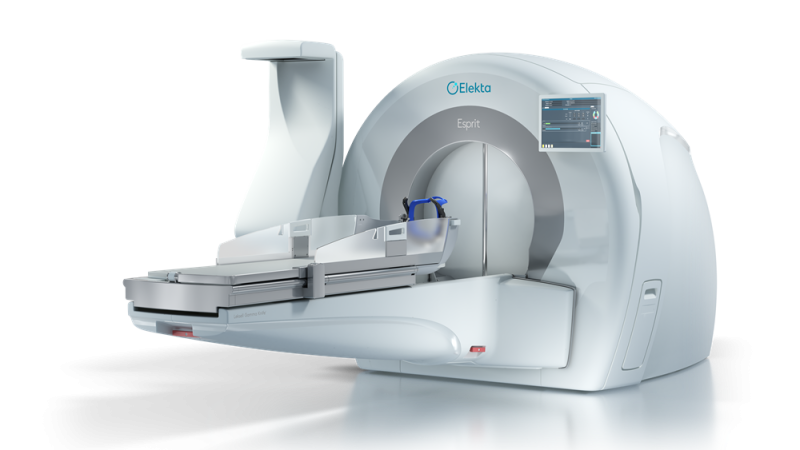With the business landscape evolving faster than ever, consistent cash inflows for seamless operations have never been more important. Companies need precise and accurate cash flow forecasts free of errors and discrepancies to ensure stable working capital to meet day-to-day operational expenses and contingencies. Unfortunately, traditional spreadsheet practices don’t keep up with this need. There’s always room for incorrect amounts of cash being recorded, errors in prediction, gaps in data consolidation, and more. Moreover, teams are always occupied with manually updating every minute changes in financial data, the precious time that should have been spent framing strategic decisions. The only way for companies to navigate the bottlenecks of manual forecasts is to install advanced, automated cash flow forecasting software. This software improves the accuracy and efficiency of cash projections and gives real-time insights, dynamic scenario and variance analysis, and hard-to-forecast categories like receivables and payables. Here are a few reasons why it’s high time for companies to update their treasury systems with automated cash forecasting software.
1. Real-Time Cash Visibility Across All Entities
Many companies still rely on static spreadsheets to track liquidity, but that approach can’t keep pace with today’s demands. With automated forecasting systems, finance teams get a live, consolidated view of all cash positions across banks, entities, and regions. Instead of waiting for manual updates, they can see precisely where cash sits and how it’s moving—day by day, hour by hour. Behind this visibility is built-in bank connectivity. The system pulls transaction data straight from accounts across global banks like Citi, HSBC, and JP Morgan. It reads standard formats like BAI2 and MT940, classifies transactions as inflows or outflows, and links them back to the right region or business unit—no manual categorization, no delays, just clear, accurate data finance can act on.
2. Higher Forecast Accuracy with AI Models
Most cash forecasts fail because they’re rigid—unable to account for shifting customer behavior, late payments, or timing gaps. That’s where AI steps in. Companies now use machine learning to continuously fine-tune forecasts, identifying patterns and correcting courses faster than human models can keep up. Over time, that means lower forecast variance and higher liquidity confidence. The Auto-ML forecasting engine evaluates historical data to pick the best-fit model by cash flow category and forecast window. If US AR patterns call for weekly averaging over the next 14 days, the system applies that. But if longer-term trends emerge, it shifts to seasonal modeling. These adjustments are made automatically—every day—based on what’s most accurate for that moment in time.
3. Elimination of Manual Effort and Errors
Manual processes in forecasting often slow teams down and open the door to errors. Automating these workflows reduces risk and unlocks time for deeper analysis and strategic insight. Teams get to focus on liquidity planning, not chasing down files and formatting reports. With no-code, Excel-like modeling, companies can build and update cash forecasts in an easily understood format. What’s powerful is how these units connect: a single forecast for a cash category in one region rolls up into consolidated reports across the organization. Teams access only what they need, while leadership sees the big picture—fully aligned, fully automated.
4. Faster and More Confident Liquidity Decisions
Access to current cash flow insights enables treasury teams to make faster, more confident decisions about funding and investments, especially in volatile markets. Scenario analysis tools allow businesses to simulate outcomes, like how a $100 million factory build starting now versus 45 days later would affect cash. This clear picture aids strategic choices. Variance tracking compares forecasted cash with actual amounts, showing gaps like a 10% difference between $9 million predicted and $10 million actual cash. Spotting these variances helps improve forecasts and gives finance leaders confidence in their liquidity plans.
5. Smarter Predictions For Hard-To-Forecast Categories
Cash flow forecasting becomes more precise when AI models incorporate ERP records, including customer invoices and purchase orders, to refine AR and AP cash flow estimates. This approach predicts payment timings based on transactional activity rather than bank data. For example, it delivers an enhanced 45-day forecast of accounts receivable cash inflows in the US, empowering companies to manage liquidity risks proactively.
Choose The Right Cash Flow Forecasting Software For Accurate And Faster Projections
Cash flow is the lifeblood of any business. Companies need precise data and accurate forecasting for strategic and timely decision-making to ensure this lifeblood keeps up with changing needs and supports contingencies and crises. Unfortunately, most legacy cash forecasting tools fail to cater to basic cash forecasting needs. They still depend on human intervention, leaving room for errors, don’t support dynamic scenarios or variance analysis, and have broken integration with ERPs and banks. Therefore, it’s of immense importance for companies to choose the right cash flow forecasting software. A state-of-the-art, automated cash flow forecasting solution will leverage advanced technologies such as artificial intelligence (AI) and machine learning (ML) and integrate with banks and ERPs to get AR/AP data, improve ML prediction rates, and enable treasurers to achieve accurate, real-time cash forecasting. Businesses can forecast cash into any category or entity daily, weekly, and monthly with up to 95% accuracy, perform what-if scenarios, and compare actuals vs. forecasted cash.






